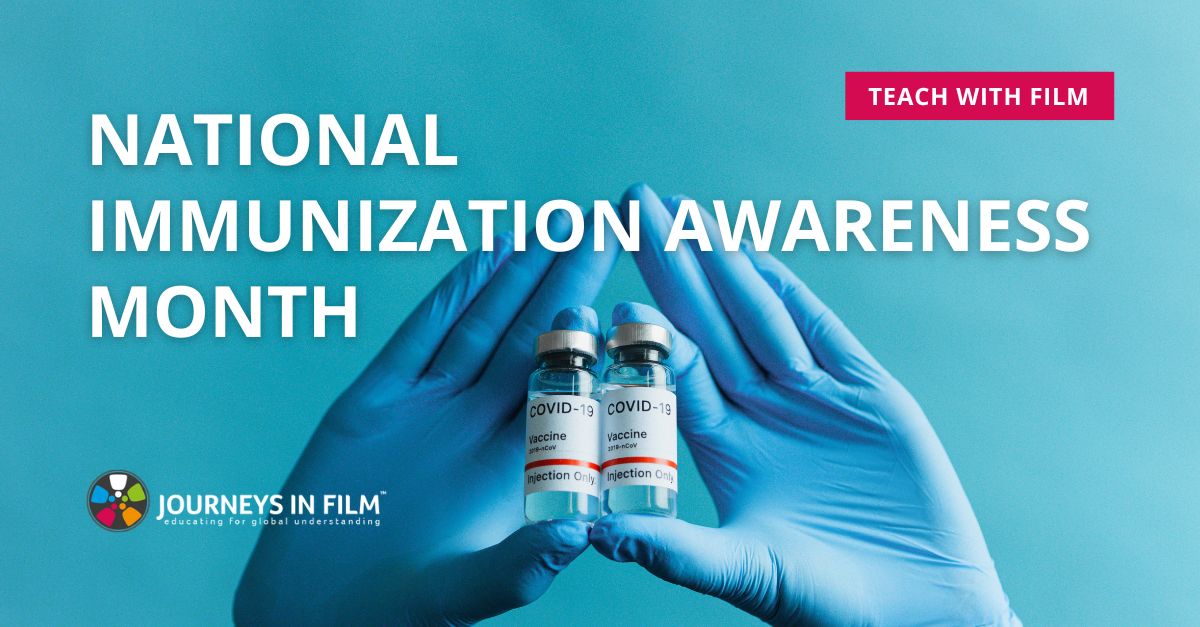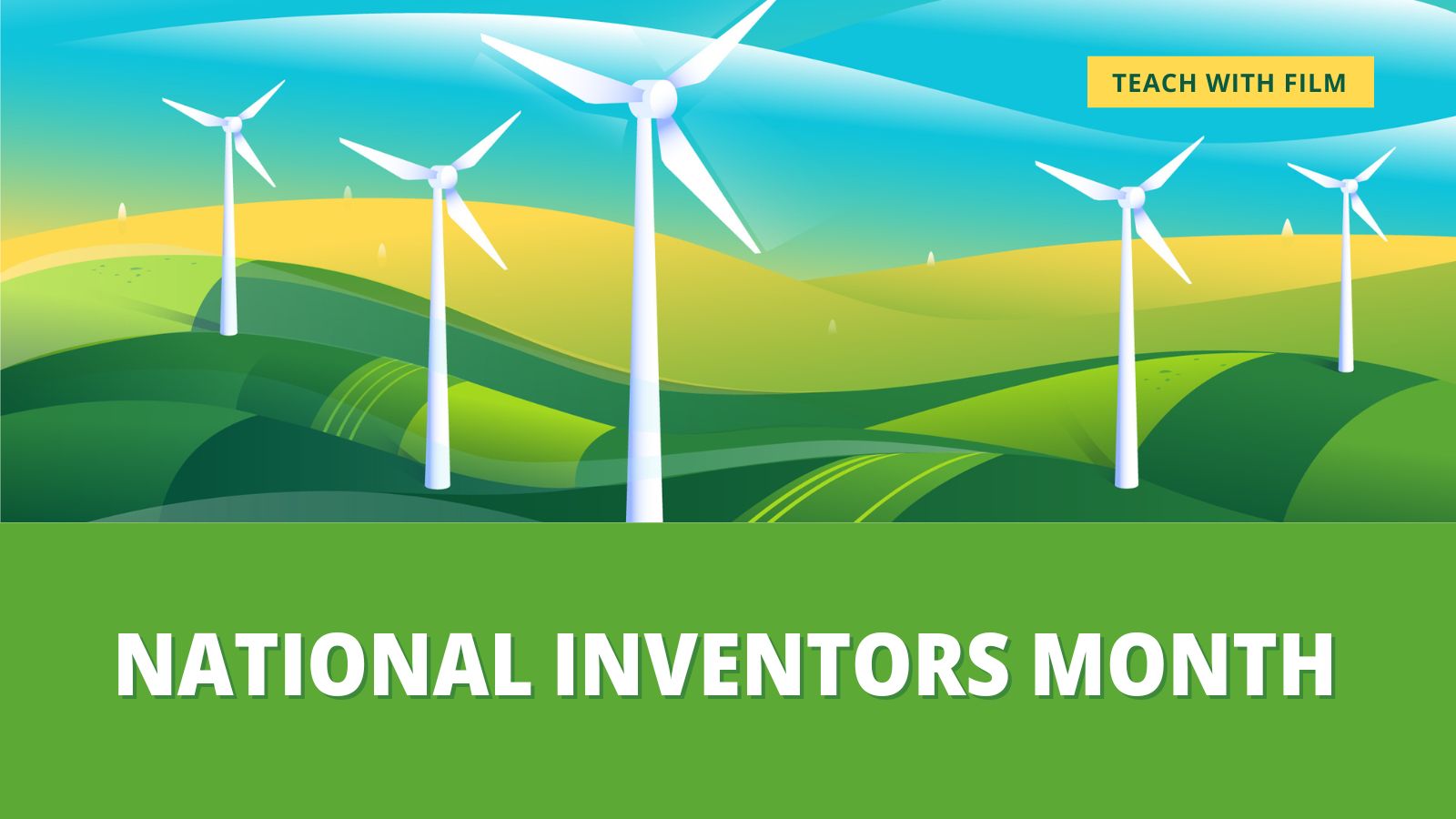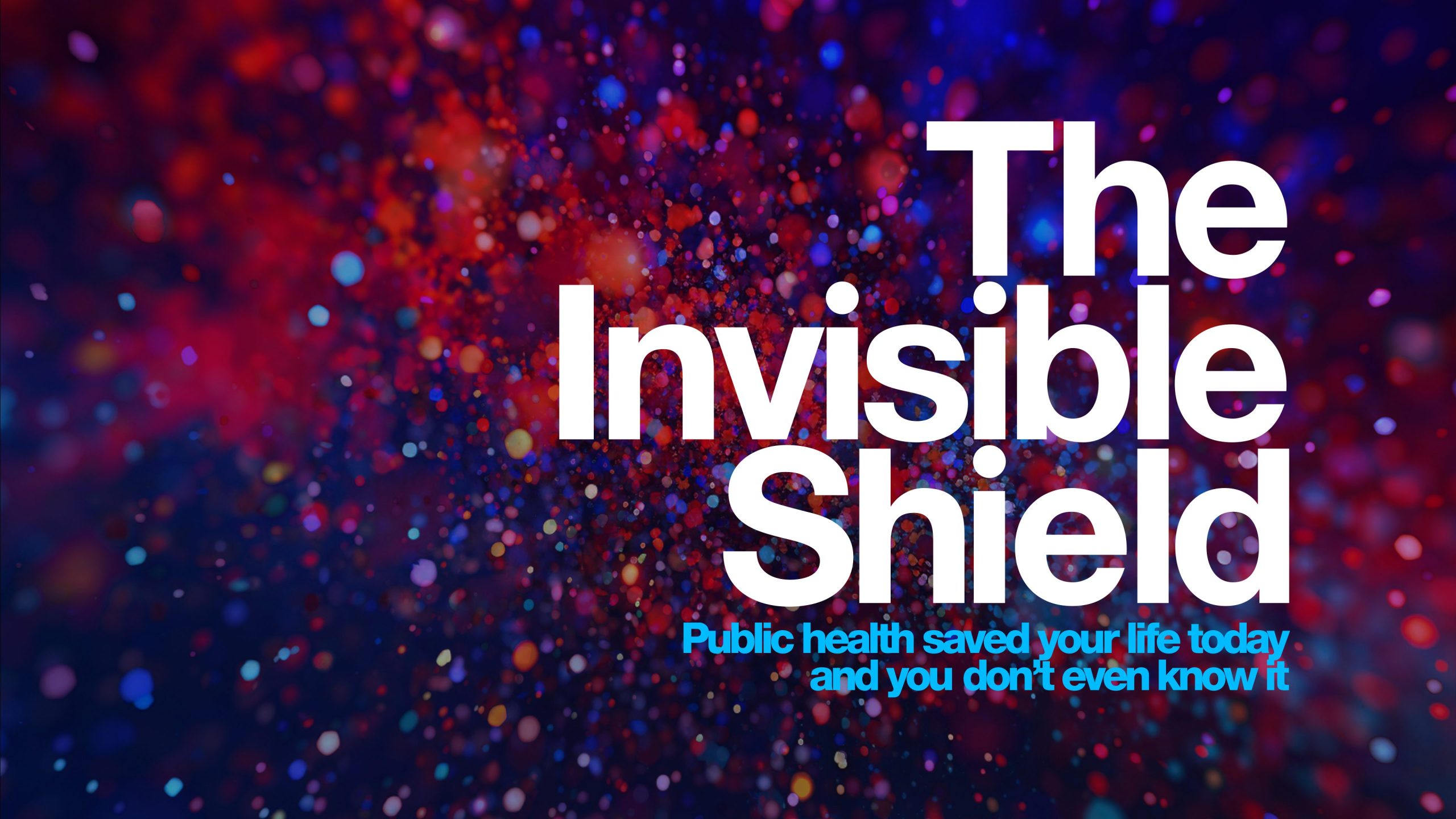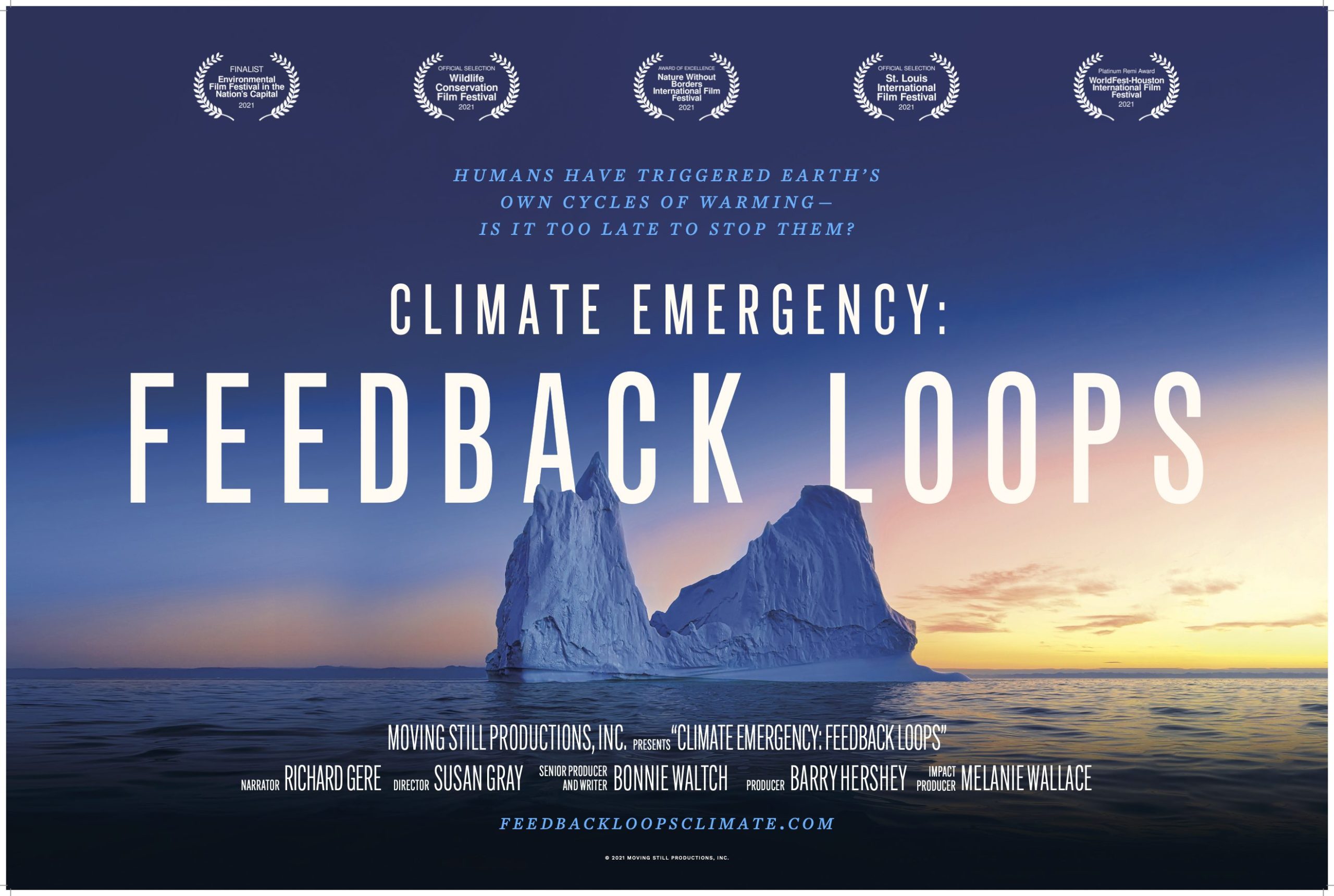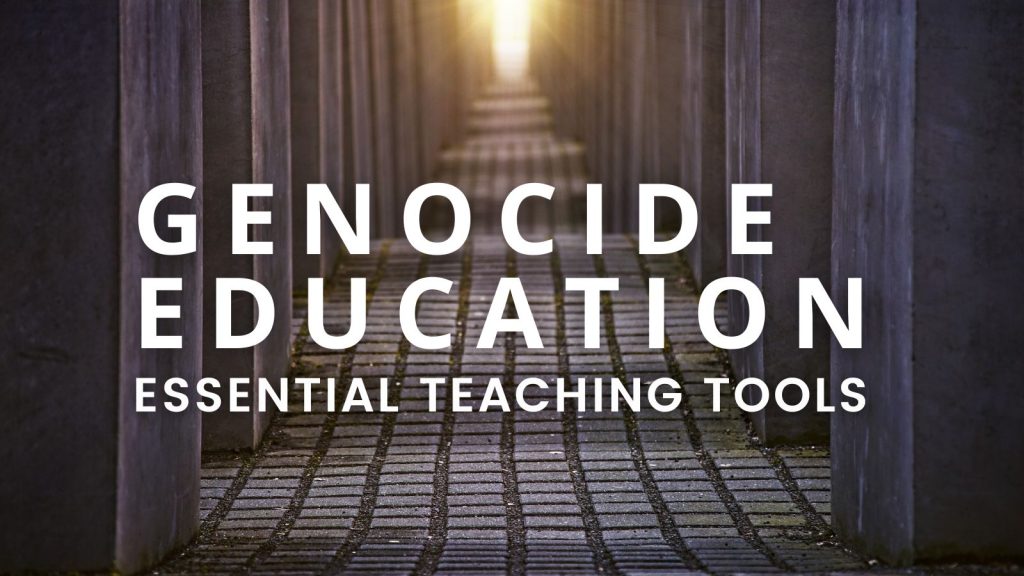STEM Education
Three Films that Celebrate Heroes of Computing
We’re highlighting three films that celebrate heroes of computing to help you get students excited about computer and IT careers! Teach about the Code Breaking Heroes of Bletchley Park Breaking Enigma: A World War II Game Changer goes deep inside the top-secret, groundbreaking intelligence work that took place at Bletchley Park, outside London, during World […]
Read More ›Environmental Studies Resources: New at Journeys in Film
We are excited to announce our latest Environmental Studies Resources — new at Journeys in Film! These Environment-themes documentaries and education resources remind us that we live in a beautiful and precious world to inspire learning about the environment. The lessons connect directly with key instruction areas. Environmental Studies Resources: New in 2025 Environmental Studies Resources: […]
Read More ›Celebrate Immunization Awareness Month with The Invisible Shield
August is National Immunization Awareness Month. Teach about the impact of disinformation, science skepticism & government distrust on vaccination efforts with The Invisible Shield. This four-part documentary series highlights public health’s major successes and the heroes who make them possible every day From the early days of inoculation in the late 1700s through the rapid […]
Read More ›National Inventor’s Month
August is National Inventor’s Month and we’re celebrating The Boy Who Harnessed the Wind. This Netflix film is based on the true story of William Kamkwamba, whose creativity, persistence and courage as a schoolboy provided a solution to devastating drought for his family and eventually many others in his country of Malawi and beyond. We offer […]
Read More ›12 Fun Films to Teach For Earth Month
Film is a powerful tool for engaging students across the curriculum (not just in science classes!) about the wonders of the natural world, environmental science, and youth climate activism. We’ve rounded up some of our favorite Earth-related resources to help you inspire your students for Earth Month, Earth Week, Earth Day and all year long! […]
Read More ›Teach Math with Film for Math and Stats Month
Did you know you can teach math with film? For Mathematics and Statistics Month in April, we’re highlighting some of our favorite math teaching tools. Our free film teaching guides feature classroom-ready lesson plans across the curriculum suitable for grade 4 all the way to grade 12 — including math lessons! Our most popular math […]
Read More ›Teach with Film for World Health Day 2024
April 7 is World Health Day. The World Health Day theme for 2024 is ‘My health, my right’, to champion the importance of healthcare for all, as well as safe and healthy living conditions including safe drinking water, clean air, good nutrition, quality housing, decent working and environmental conditions, and freedom from discrimination. We recommend […]
Read More ›Teach Math with Film for Math and Stats Month
Did you know you can teach math with film? For Mathematics and Statistics Month in April, we’re highlighting some of our favorite math teaching tools. Our free film teaching guides feature classroom-ready lesson plans across the curriculum suitable for grade 4 all the way to grade 12 — including math lessons! Our most popular math […]
Read More ›Teach about Public Health with Film in April
April is full of opportunities to engage your students about public health: National Interprofessional Healthcare Month; National Minority Health Month; National Public Health Week April 1-7; World Health Day April 7; Black Maternal Health Week April 11-17; National Infant Immunization Week April 22-29; World Immunization Week April 24-30. The Invisible Shield is a powerful teaching […]
Read More ›Learning About Forests for Earth Day and Everyday
Learning about forests for Earth Day and everyday is vital for students. Earth Day corresponds closely with Arbor Day, another opportunity to teach about forests. Additionally, forests are essential parts of our ecosystem. Thus, we encourage you to integrate this learning into your classroom anytime of the year. But, the April holidays of Earth Day […]
Read More ›


